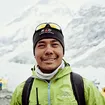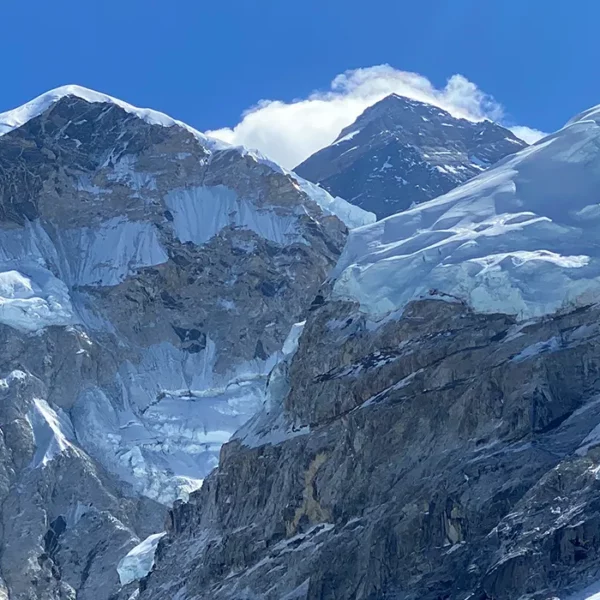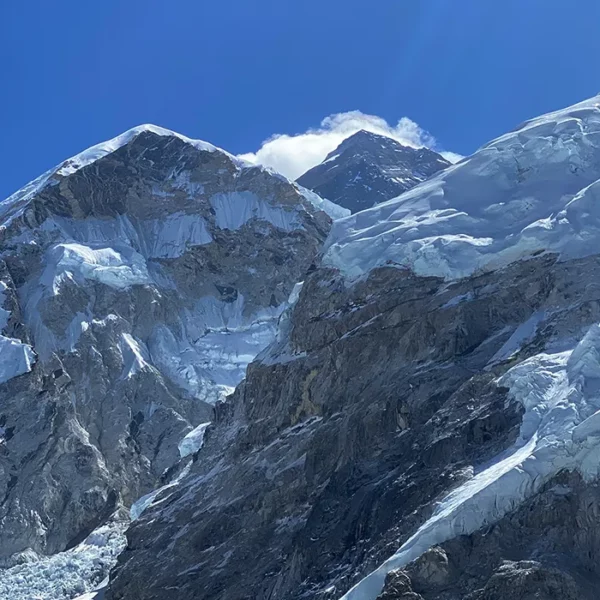Is this trip beginner-friendly?
We require prior mountaineering experience for the Mount Everest Expedition. You need summits on peaks over 7,000 meters, like Aconcagua, for altitude exposure. Operators demand technical skills in crampon use, fixed ropes, and ice axe handling. Train for nine to 12 months with cardio, strength exercises, and simulated high-altitude hikes. Beginners face risks from thin air, avalanches, and extreme cold without preparation.
We screen applicants to ensure fitness levels match demands. Start with easier climbs to build skills over three to four years. You gain confidence through staged progression. This approach reduces injury rates, as only 10% of unprepared climbers succeed. Join a guided 6,000-meter peak first for assessment. Expect daily treks of five to seven hours and summit pushes up to 18 hours. This ensures you handle the physical and mental strain of Everest’s extreme conditions.
Private trip vs Group Joining
You choose private expeditions for tailored schedules and personal porter ratios. We customize routes without group pace limits, ideal for families or specific goals. Costs reach USD _____ or more due to exclusive logistics like dedicated guides and transportation. Group joining shares expenses on permits and staff, dropping fees to USD _____ per person for 8 to 12 climbers. You build a good relationship with teammates, enhancing motivation during tough climbs.
Drawbacks include fixed itineraries and delays from slower members, impacting 20% of group expeditions. We recommend Mount Everest Expedition groups for first-timers seeking support networks. Private suits experienced climbers needing flexibility for training or pacing. This decision affects success rates, with groups offering shared resources like extra oxygen.
Trip Extension
We offer extensions to add Gokyo Valley treks, extending the trip by six days for lake views at 4,700 meters and extra acclimatization. You include cultural tours in Kathmandu, visiting UNESCO sites like Boudhanath, or Chitwan safaris for wildlife. Standard expeditions last six to eight weeks, with options for Lhotse climbs, adding four days. Costs increase by $5,000 to $10,000 for permits and flights. Plan ahead by notifying operators during booking for visa adjustments up to 90 days.
This allows recovery time for side peaks like Island Peak, a 6,189-meter climb. You benefit from deeper immersion in Sherpa villages, learning local crafts. Extensions improve summit chances by 15% through better acclimatization. You can request luxury base camp upgrades like heated tents for comfort during extensions.
Solo trek in the Everest region
Authorities have banned solo trekking for foreigners in Nepal, requiring licensed guides for safety. You hire porters or join groups to comply with high-altitude zones like the Mount Everest Expedition. Guides remain mandatory in restricted areas like national parks and conservation areas, regardless of the altitude. Risks include altitude sickness without support, with over 200 rescues annually in Khumbu. We advise against solo attempts due to navigation challenges and sudden weather shifts, which cause 10% of trekker incidents.
Obtain TIMS cards and local permits in Lukla for compliance, costing $20. This rule boosts local employment, supporting 5,000 locals yearly. You mitigate dangers through guided services at a certain rate daily. You can even book independent guides for a semi-solo feel with backup, ensuring safety on trails like Khumbu Icefall while meeting legal requirements.
Photography & Drone Rules
You photograph freely during the expedition, but respect the monastery’s no-flash policies to honor sacred spaces. We encourage capturing peaks with wide-angle lenses for panoramas of Everest and Lhotse. Drones demand CAAN registration upon arrival in Nepal. Foreigners should secure permits from the Ministry of Home Affairs for Everest flights, costing $250. Limits include no flights above 120 meters or near airports like Lukla. However, getting clearance is pretty difficult.
Fines reach $1,000 for unauthorized use, with confiscation risks. You need age 18 minimum and basic training proof for approval. This ensures environmental protection and avoids disturbing wildlife or climbers. You can apply online via CAAN two weeks before approvals to streamline the process. Carry spare batteries for cameras, as cold drains power fast at high altitudes.
Cultural Festivals on the Trail
We encounter Mani Rimdu at Tengboche Monastery during October or November, featuring masked dances and rituals over three days. You join Dumje in June or July at Pangboche, with prayers and feasts honoring Guru Rinpoche. Gyalpo Losar, the Sherpa New Year in February, brings music and family gatherings in villages. Buddha Jayanti in May celebrates Buddha’s birth with monastery visits and lamp lighting.
Dashain and Tihar in September or October involve blessings and lights along trails. These events draw 500 attendees yearly at Tengboche. Plan treks to coincide with cultural depth. You receive blessings from monks for safe passage, enhancing your spiritual connection. This immersion strengthens respect for traditions. Donate to monasteries to support upkeep, as they depend on trekker contributions.
Tips for First-Time Nepal Visitors
You pack layers for temperature swings from 20 degrees Celsius in Kathmandu to minus 10 at base camp. We recommend March to May or September to November for clear skies and fewer crowds. Secure visas on arrival for $50 for 30 days. Drink bottled water and eat vegetarian food to avoid illness, as 30 percent of visitors face stomach issues. Bargain in markets, aiming for 50 percent off initial prices. Learn basic Nepali phrases like namaste for greetings.
Carry cash, as ATMs are sparse above Namche. Train with weekly 10-kilometer hikes for three months to build stamina. Respect customs by dressing modestly in temples, covering shoulders and knees. These steps ensure a smooth cultural and physical adjustment to Nepal’s high-altitude environment and bustling markets.
Typical Daily Routine on the Trek
Wake at 6 a.m. to pack and eat breakfast like porridge by 7 a.m. You trek four to eight hours daily, covering five to 10 kilometers with breaks for tea. Stop for lunch around noon at teahouses serving dal bhat. Arrive at lodges by 3 p.m. for rest and acclimatization walks to higher points. Dinner follows at 6 p.m. with card games or journaling to unwind. Sleep by 8 p.m. in shared rooms to recover for the next day.
Hydrate with three liters of water daily to combat altitude effects. We monitor health with pulse oximeters each evening to track oxygen levels. This routine sustains energy across 12 trekking days. Set alarms for a consistent schedule to avoid fatigue. Pack light snacks like nuts for quick energy boosts between meals on demanding trails.
Mental Preparation & Trekking Mindset
Set realistic goals for the Mount Everest Expedition by accepting daily challenges like fatigue or altitude strain. You practice mindfulness through 10-minute meditations to stay present on trails. Focus on small wins, such as completing one hill, to build confidence. We encourage positive self-talk during tough sections like Khumbu Icefall. Visualize success to counter doubts, as 70 percent of trekkers succeed with strong mental focus. Accept team support for motivation during group climbs. Journal nightly to process emotions and track progress. This builds resilience over weeks.




